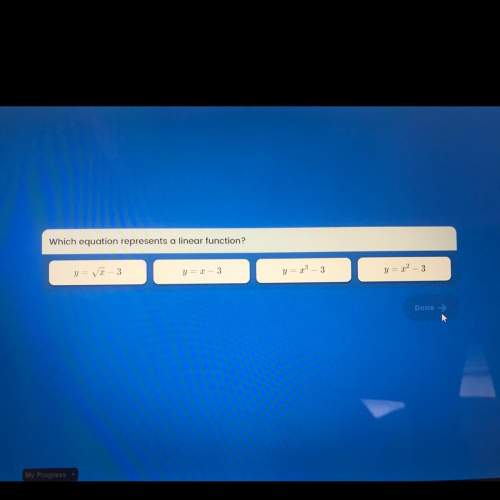
Mathematics, 06.04.2021 03:00 macimitchell
The test for screening donated blood for the presence of the AIDS virus was developed in the 1980s. It is designed to detect antibodies, substances produced in the body of donors carrying the virus; however, it is not 100% accurate. The developer of the test claimed that the test would produce fewer than 5% false positives and fewer than 1% false negatives. In order to evaluate the accuracy of the tests 1000 persons known to have HIv and 10000persons known to have HIV were given the test. The following results were tabulated:
True state of patient
Test result Has HIV does not Have HIV Total
Positive test 993 591 1584
Negative test 7 9409 9416
Total 1000 10000 11000
a. Place a 95% confidence interval on the proportion of false positives produced by the test.
b. Is there substantial evidence a=0.05 that the yest produces less than 5% false positives.

Answers: 3


Other questions on the subject: Mathematics


Mathematics, 21.06.2019 17:30, laurielaparr2930
X-intercept=-5 y-intercept=2 the equation of the line is
Answers: 2

Mathematics, 21.06.2019 18:20, holmesleauja
Type the correct answer in each box. use numerals instead of words. if necessary, use / for the fraction bar. consider the given table.
Answers: 1

Mathematics, 21.06.2019 22:30, fredvales19
What fraction is equivalent to 0.46464646··· a. 46⁄99 b. 46⁄999 c. 46⁄100 d. 23⁄50
Answers: 1
You know the right answer?
The test for screening donated blood for the presence of the AIDS virus was developed in the 1980s....
Questions in other subjects:

Physics, 17.11.2020 18:30

History, 17.11.2020 18:30


Mathematics, 17.11.2020 18:30


Mathematics, 17.11.2020 18:30

Mathematics, 17.11.2020 18:30

History, 17.11.2020 18:30

Mathematics, 17.11.2020 18:30




